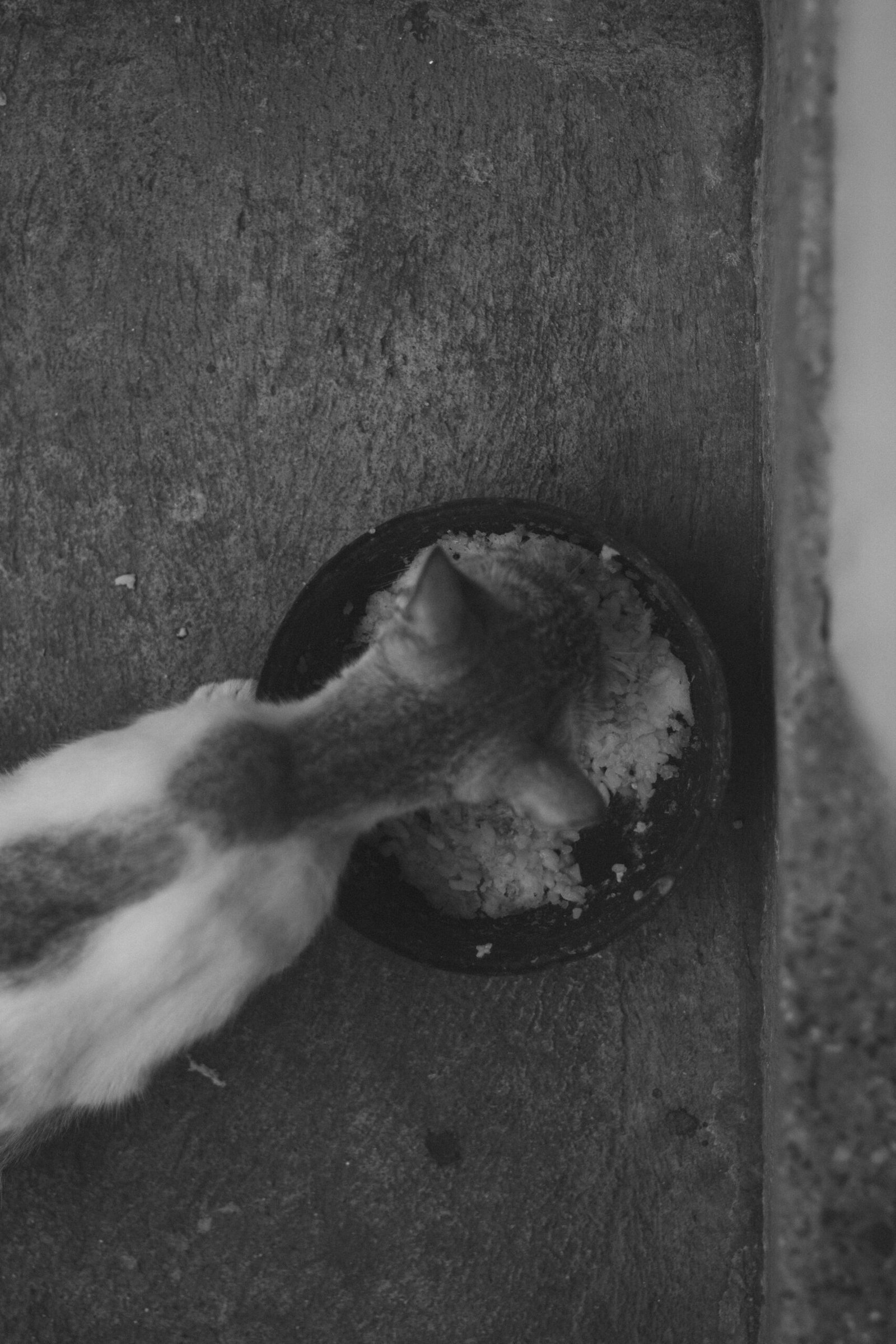Pet Food Labels Decoded: The Simple Guide Every Pet Owner Needs

Estimated reading time: 8 minutes
Key Takeaways
- Learn how to read dog and cat food labels like a pro
- Identify key ingredients to look for (and avoid)
- Understand the truth about grain-free vs. grain-inclusive diets
- Spot misleading marketing terms on pet food packaging
- Get a practical checklist for evaluating pet food quality
Table of Contents
- Introduction
- How to Read a Dog Food Label Like a Pro
- Understanding Cat Food Ingredients
- What to Look for in Pet Food
- Grain-Free vs. Grain-Inclusive Pet Food
- Conclusion
- Frequently Asked Questions
Introduction
Pet food labels can be confusing, but they hold the key to your pet’s health. These labels tell you what’s inside the bag or can—ingredients, nutrients, and feeding tips. Yet, many pet owners struggle to decode them.
Misleading terms like “premium” or “natural” can trick you into buying low-quality food. Poor nutrition leads to weight problems, allergies, and even serious illnesses. But don’t worry—this guide will break down pet food labels in simple steps.
Pro Tip: For more on pet nutrition basics, check out our Pet Nutrition 101 guide.
How to Read a Dog Food Label Like a Pro
Dog food labels follow strict rules set by the AAFCO (Association of American Feed Control Officials) and the FDA. Here’s what every label must include:
- Product Name – Tells you the main ingredient.
- “Beef Dog Food” = At least 70% beef.
- “Dog Food with Beef” = As little as 3% beef.
- Guaranteed Analysis – Shows minimum protein/fat and maximum fiber/moisture.
- Ingredient List – Ingredients are listed by weight before cooking. Fresh meats (like chicken) may appear first because of water weight.
- Feeding Guidelines – Portions based on your dog’s size and activity level.
- Manufacturer Info – Who made the food and how to contact them.
- AAFCO Statement – Confirms the food meets basic nutritional needs.
Red Flags to Watch For
- Vague terms like “animal fat” or “meat meal.”
- Unregulated claims (“premium,” “holistic”).
- Fillers (corn, soy) in the top 5 ingredients.
Did You Know? Some dogs have food sensitivities. Learn how to spot them in our Dog Gut Health guide.
Understanding Cat Food Ingredients (What’s Really Inside?)
Cats need high-protein diets with taurine and omega-3s. Here’s how to pick the best food:
Key Ingredients to Look For
- Named Proteins – “Salmon,” “chicken,” or “turkey” should be first.
- Essential Nutrients – Taurine (for heart health) and omega fatty acids (for skin and coat).
- Moisture Content – Wet food has more water, which helps cats stay hydrated.
Ingredients to Avoid
- By-products – Like “chicken by-product meal” (lower quality).
- Artificial Preservatives – BHA, BHT, and ethoxyquin.
- Excessive Carbs – Cats don’t need grains or starchy fillers.
For Picky Eaters: If your cat refuses food, explore solutions in our Cat Feeding Problems guide.

What to Look for in Pet Food (General Tips for Dogs & Cats)
Quality Checks
- ✔ Named Protein First – “Beef,” “salmon,” or “lamb” should be #1.
- ✔ AAFCO Statement – Ensures the food is nutritionally complete.
- ✔ Life-Stage Appropriate – Puppy/kitten, adult, or senior formulas.
Red Flags
- ❌ Generic Fats – “Animal fat” is vague; choose “chicken fat” instead.
- ❌ Split Ingredients – Brands may list “corn” and “corn gluten meal” separately to hide fillers.
- ❌ Artificial Additives – Colors, flavors, and preservatives.
Senior Pets Need Extra Care: Tailor their diet with our Senior Pet Care Guide.
Grain-Free vs. Grain-Inclusive Pet Food: Which Is Better?
Grain-Free Diets
- Pros: Good for pets with grain allergies.
- Cons: May lack fiber; some studies link them to heart issues in dogs.
Grain-Inclusive Diets
- Pros: Whole grains (rice, barley) provide energy and fiber.
- Cons: Some pets are sensitive to grains.
Vet Advice: Choose based on your pet’s needs—not trends. For allergy insights, read our Seasonal Pet Allergies guide.

Conclusion: Your Pet Food Label Checklist
Now that you know how to read pet food labels, here’s a quick recap:
- ✅ First Ingredient = Named Protein (e.g., “chicken,” “salmon”).
- ✅ AAFCO Statement Present (ensures complete nutrition).
- ✅ No Artificial Additives (colors, flavors, preservatives).
- ✅ Clear Feeding Guidelines (adjust for your pet’s weight).
Final Tip: When in doubt, ask your vet for recommendations! For more expert pet care tips, explore our Ultimate Pet Safety Guide.
Frequently Asked Questions
- What does the AAFCO statement mean?
- Are all by-products bad?
- Is grain-free always better?
- Why is the first ingredient so important?
What does the AAFCO statement mean?
The AAFCO statement confirms the food meets minimum nutritional standards for pets. Look for phrases like “complete and balanced” with a life stage designation (growth, maintenance, all life stages).
Are all by-products bad?
Not necessarily. Some by-products (like organ meats) are nutrient-rich. However, vague terms like “meat by-products” without species identification (e.g., “chicken by-products”) may indicate lower quality ingredients.
Is grain-free always better?
No. Grain-free diets are only necessary for pets with grain allergies. Most pets digest grains well, and whole grains provide valuable nutrients and fiber. The FDA has investigated potential links between grain-free diets and heart disease in dogs.
Why is the first ingredient so important?
Ingredients are listed by weight before processing. The first few ingredients make up the majority of the food. A named protein source (like “chicken” or “salmon”) as the first ingredient typically indicates higher quality nutrition.
